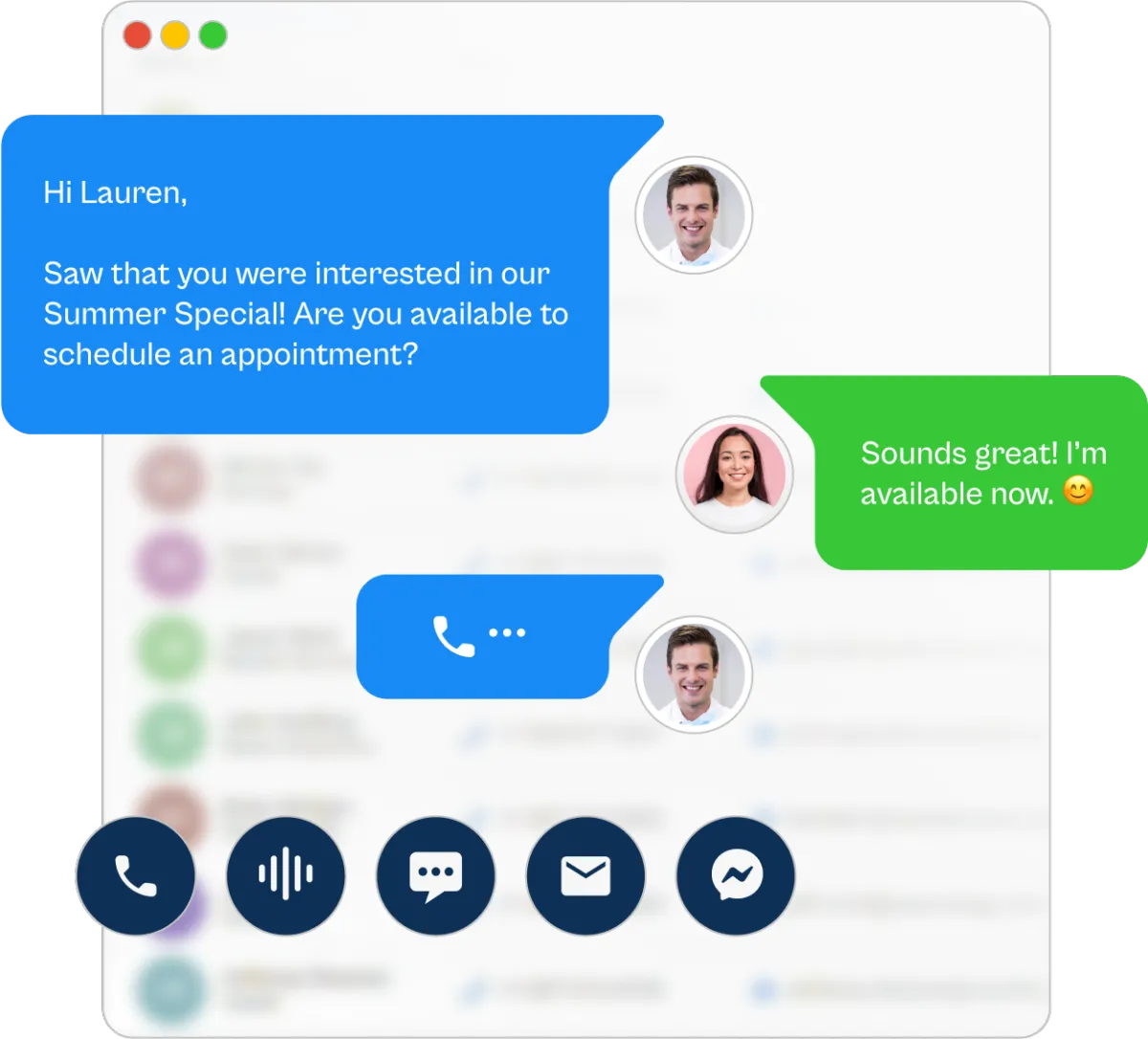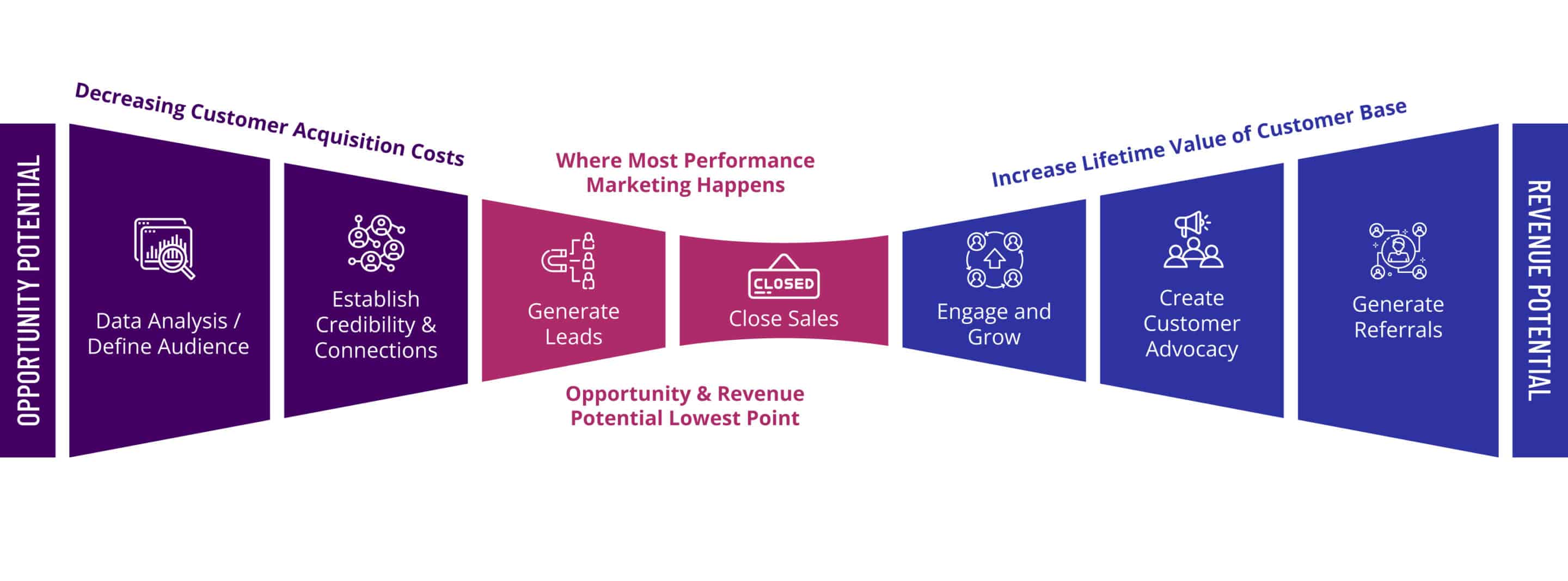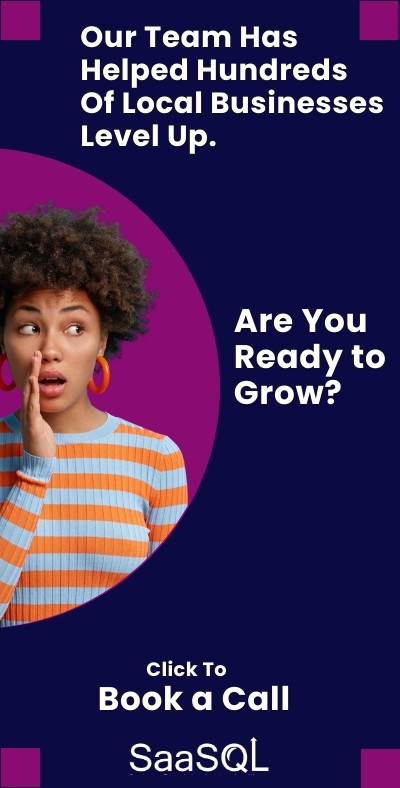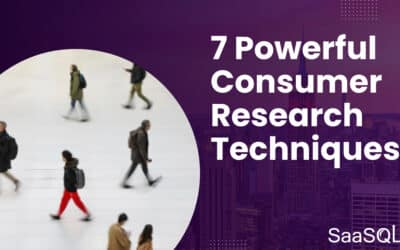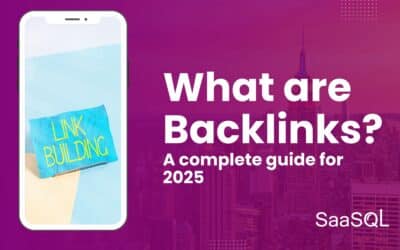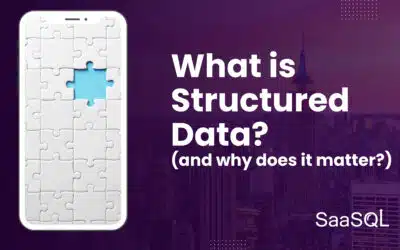What Is Direct Marketing and Why Does It Matter Today?
What is direct marketing? At its core, direct marketing is pretty simple concept. It consists of any campaign that goes straight to the consumer without relying on third-party media or some other form of technology-based intermediary. Whether it’s a postcard, or an email, a text message or direct phone call, the message is sent directly to a specific audience with a clear call to action. No middleman. No broad reach for its own sake. Just targeted communication designed to create a response that can be measured and replicated.
So, when business owners and marketers ask us “what is direct marketing?”, it’s the kind of question that sounds basic but is really a bit of a catch-all phrase to capture everything performance-focused marketers care about- response, revenue, and relationships.
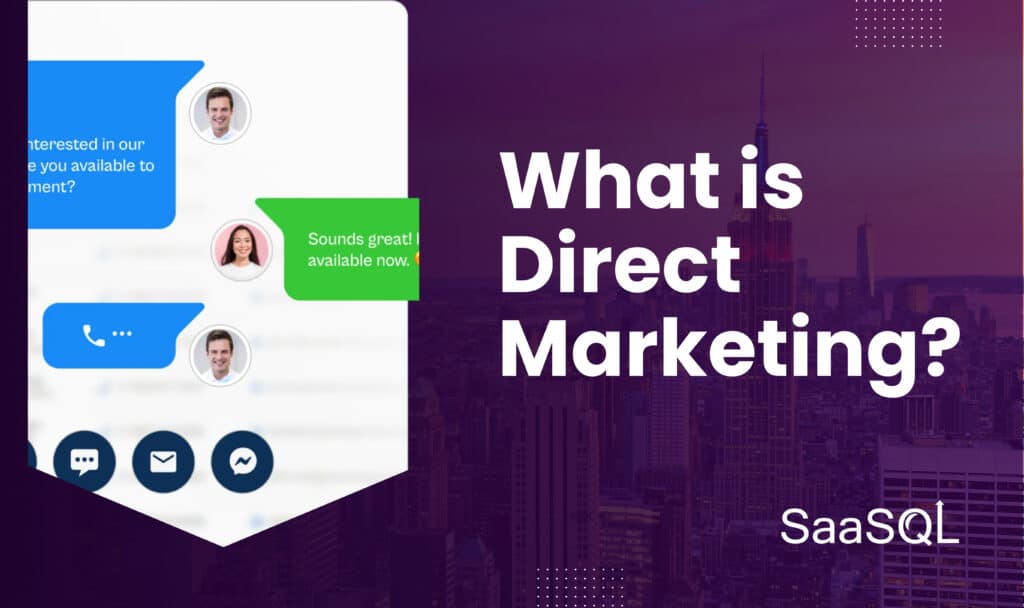
What separates it from traditional mass marketing is really accountability. Through direct marketing – or for the B2B crowd, Account Based Marketing (ABM) – you know who got the message, how they interacted with it, and whether they did what you asked them to do. You’re not counting reach and impressions, you’re systematically tracking clicks, calls, and conversions.
Perhaps a more significant question is, why does direct marketing still matter in a marketing landscape that seems so increasingly focused on “building an engaged audience” through social media channels?
Because increasingly business owners are holding their marketing budget (and marketing partners) accountable for delivering concrete results. Ultimately, marketing that doesn’t convert is just noise. And today, as consumers become fatigued by obvious advertising that pretends to be “content”, and overused attempts at personalization, businesses who lean on traditional tactics combined with authentic communication are willing.
Speaking of “overused personalization”, it is beginning to become a parody of what good marketing is. As thousands of businesses rent the same data, rather than a targeted ad being particularly relevant to the consumer, it’s creating a different type of noise. One in which the consumer gets so used to seeing what they “want”, it creates a type of marketing overload that encourages them to tune it out.
Meanwhile, this is where direct marketing thrives.
As privacy regulations tighten and third-party cookies fade into the past, brands need to use first-party data and direct relationships. They need marketing that respects the user’s time, delivers value fast, and can be measured in dollars rather than reach.
In many ways, it’s the foundation of what SaaSQL calls Sales Enabled Marketing. It’s performance-driven. Rooted in data. Focused on real outcomes. And increasingly, it’s powered by A.I., giving brands new ways to automate, personalize, and scale what used to be manual.
If you’re looking for growth -not just awareness -direct marketing isn’t just relevant. It’s essential.
What Are the Different Types of Direct Marketing?
Direct marketing isn’t one tactic. It’s a toolbox. And the most effective campaigns don’t just pull one lever—they layer multiple types of direct engagement across channels.
Here are the most widely used—and most effective—types of direct marketing:
Email Marketing
Still the workhorse. With open rates and click-throughs that outperform most paid channels, email gives brands a direct line to their audience. It blends real personalization, automation, and segmentation make it incredibly cost-effective.
SMS/Text Campaigns
Short, immediate, and intimate. SMS gets seen fast, and it gets results. Whether it’s a flash sale or an appointment reminder, mobile messages cut through the noise when executed with care.
Direct Mail
It might feel old school, but it still seriously works. Physical mail often delivers response rates that blow digital ads out of the water, especially in B2B and local markets. Tangibility, when used well, creates impact.
“Direct mail response rates are 5 to 9 times higher than any other advertising channel.”
— Data & Marketing Association (DMA)
Source
Telemarketing
Not for everyone—but for high-value sales or renewals, phone outreach still plays a role. Especially in industries where trust and complexity require real-time conversation.
Social Media DMs
As platforms evolve, so does direct marketing. Targeted, one-to-one messaging on LinkedIn, Instagram or Facebook is now a viable outreach method—especially when it follows clear engagement rules. Pro-move: while utilizing the platforms native data can be useful in some circumstances, the highest performing campaigns incorporate First Party data. This means using a companies own unique data to inform campaign targeting.
Retargeting Ads
It may not feel direct, but it is. When someone visits your site and then sees a follow-up ad tailored to their behavior, that’s direct-response logic at work. Retargeting bridges the gap between browsing and conversion.
Each type has its place. The most sophisticated marketers use data to decide which channels are best suited to which audiences, and then orchestrate campaigns across them. That’s cross-channel direct marketing. And when powered by automation and A.I., it becomes the foundation for predictable, scalable revenue.
The key? Every interaction is trackable. Every campaign is built for response. And that makes direct marketing more relevant than ever.
What Are the Real Benefits of Direct Marketing?
Direct marketing does more than reach people. It moves them. And in a performance-driven environment, that’s everything.
Here’s why more businesses—especially those focused on growth—are leaning in:
1. Precision Targeting
Direct marketing allows brands to speak to a specific audience with specific messaging. You’re not casting a wide net. You’re handpicking who sees your message based on data—demographics, behavior, purchase history, or intent.
2. Personalization at Scale
Today’s tools—driven by A.I. and CRM integrations—allow businesses to personalize messaging in ways that used to take hours. Whether it’s using a first name, referencing past behavior, or tailoring offers by interest, relevance drives response.
“Consumers are 80% more likely to make a purchase when brands offer personalized experiences.”
— Epsilon, Personalization Survey
Source
3. Trackable, Measurable Results
You know what worked. You know what didn’t. Every campaign has data behind it: opens, clicks, conversions, calls, sales. That level of insight creates a clear feedback loop for optimizing performance.
4. Faster Time to Action
Because the message is direct, the response can be immediate. A text campaign might generate traffic within minutes. An email could bring in sales the same day. No waiting for awareness to trickle down.
5. Budget Efficiency
With clear cost-per-lead and cost-per-sale metrics, direct marketing often outperforms broader campaigns on ROI. Especially for smaller budgets, the ability to focus on high-value prospects makes a big difference.
6. Builds Customer Relationships
Done well, direct marketing doesn’t feel like spam—it feels like service. Ongoing, personalized communication builds trust and increases lifetime value. Think loyalty emails, customer check-ins, or birthday offers.
7. Supports Full-Funnel Strategy
Direct marketing isn’t just for the close. It plays a role at every stage: education, consideration, conversion, and retention. That’s why SaaSQL integrates direct tactics into nearly every layer of the Sales Enabled Marketing method. A powerful example is our Dynamic Cross Channel Marketing solution.
In a world of noise, relevance is power. And direct marketing delivers it with clarity, control, and conversion in mind.
What Are Some Standout Examples of Direct Marketing in Action?
Talk theory all day—but it’s the execution that counts. Let’s look at a few examples where direct marketing didn’t just land—it delivered.
1. A Local New Jersey Dental Clinic Tripled Bookings with a Retargeted Email Campaign
The clinic had a list of inactive patients—people who hadn’t visited in over 18 months. They used a three-part email sequence offering a free cleaning with their next exam. The emails were personalized with first names, appointment histories, and sent at optimized times based on prior open data. Within two weeks, 32% of the recipients scheduled an appointment.
2. A Regional Northeast Auto Dealership Used Direct Mail to Generate $750k+ in Sales
In a move that felt more 1995 than 2025, a dealership sent out high-quality, oversized postcards to 5,000 targeted households. But it wasn’t generic. Each piece included trade-in estimates, past service records, and a time-limited upgrade offer. QR codes tied to personalized landing pages. The result? Over 90 in-person visits and 28 vehicle purchases in a single week.
“Our direct mail campaign generated a 9.2% response rate and over $750,000 in sales in just two weeks. No digital channel came close.”
— Marketing Director, Regional Auto Dealership
3. SaaSQL Partnered with a SaaS Firm to Launch Hyper-Personalized LinkedIn DMs
Instead of cold emails or ads, the campaign targeted decision-makers using LinkedIn’s DM feature. Each message referenced mutual connections, recent company news, and a pain point the product solved. Those leads were routed through SaaSQL’s AI-enabled routing system and received follow-up sequences via SMS and email. Conversion rates? 3x higher than the firm’s paid search efforts.
4. A Subscription Coffee Brand Leveraged SMS to Recover Abandoned Carts
Using behavioral triggers and short, friendly messages (“Still thinking about that Ethiopian roast?”), the company recovered 18% of abandoned carts via SMS. These campaigns ran alongside email retargeting but saw higher same-day conversions.
5. A Fitness Studio Used Review-Based Targeting and Direct Email to Launch a New Location
By scraping reviews from nearby competitors, they identified language customers used to describe what they liked or didn’t. Those insights shaped an email campaign to past leads that directly addressed local pain points—”no long-term contracts,” “better parking,” etc. Launch week filled over 70% of new memberships.
Each of these campaigns shared one thing: they were specific, measurable, and built around an immediate action. That’s the DNA of direct marketing. Not just to reach people—but to get them to move.
How Has Direct Marketing Evolved with AI and Automation?
Direct marketing used to be about list rentals, mass mailers, and handwritten notes. Now? It’s predictive algorithms, behavioral triggers, and machine learning models writing your subject lines.
Artificial intelligence didn’t just tweak direct marketing. It transformed it.
Data-Driven Targeting
AI can now analyze thousands of data points in seconds—purchase history, browsing behavior, CRM profiles—and decide who should get what message, when, and how. It’s no longer about segmenting a list. It’s about modeling intent in real time.
Hyper-Personalization at Scale
Where personalization once meant a name in the header, AI now enables dynamic content blocks that adapt to each user. From subject lines to product recommendations, messages are tailored in ways no human team could execute manually.
Predictive Send Times and Channel Selection
AI tools determine when a person is most likely to open an email, respond to a message, or click a CTA. It’s not guesswork. It’s machine-learned behavior prediction. Combine that with smart routing across email, SMS, or chat and engagement climbs fast.
Conversational Automation
With SaaSQL’s A.I. Website Chat Assistant, for instance, website visitors engage in real-time conversations that feel human, but are driven by machine logic. These aren’t passive bots—they guide users toward decisions, capturing leads and nudging conversion without a live agent.
Campaign Optimization in Real Time
Test, learn, optimize—it used to take weeks. Now, A/B tests run constantly in the background. AI tweaks subject lines, adjusts send frequencies, pauses underperformers, and reallocates budget without human input.
CRM & CDP Integration
AI-enhanced platforms integrate deeply with customer databases. They don’t just pull data—they learn from it. That means more accurate targeting, smarter automation rules, and fewer missed opportunities.
“Artificial intelligence will soon automate up to 80% of direct interactions between brands and customers.”
— Gartner, Marketing Predictions
Source
At SaaSQL, the Sales Enabled Marketing model thrives on this kind of AI-augmented execution. Direct marketing gets faster, smarter, and more scalable. And unlike many digital tactics that guess at impact, this is where math meets message—where results are designed, not just hoped for.
AI didn’t replace direct marketing. It made it sharper, faster, and finally—truly scalable.
Is Direct Marketing Right for Your Business?
Direct marketing isn’t for everyone. But for a lot of businesses, it’s exactly what’s missing.
Start by asking a few questions:
- Do you know who your ideal customer is?
- Can you identify them by name, location, or behavior?
- Do you have a product or service that benefits from urgency or direct action?
If the answer is yes, you’re already halfway there.
B2B or B2C? Both Can Win
Direct marketing isn’t confined to one business model. B2B brands use email sequences, LinkedIn outreach, and direct mail to generate meetings and move deals. B2C brands rely on SMS, retargeting, and loyalty-based email flows to drive purchases and retention. What matters is the clarity of your offer and the accuracy of your targeting.
New Brand or Established Business?
Startups use direct marketing to get their first traction—because it’s fast, cost-effective, and measurable. Established companies use it to deepen relationships, reactivate churned customers, and increase lifetime value. It scales either way.
Local or National?
Local businesses benefit from geofenced campaigns, Google review targeting, and direct mail. National brands use data platforms and AI to reach millions with tailored messaging. Direct marketing adapts to your footprint.
What If You’re Not Ready to Execute?
You don’t need a massive internal team. That’s where fractional models or partners like SaaSQL make a difference. With the right tech stack, creative, and execution layer, you can launch highly targeted campaigns without building from scratch.
The truth is, most businesses aren’t suffering from too little awareness. They’re suffering from too little conversion. And that’s what direct marketing fixes. One message. One person. One action. Repeated, refined, and scaled.
If growth is the goal, the direct route often gets you there faster.
Final Thoughts: The Direct Advantage in a Noisy World
There’s no shortage of marketing channels today, but more reach doesn’t mean more impact. As platforms have made it increasingly simple to create and manage mass campaigns that pretend to be personalized, the new noise is creating an opportunities who think small and focus on accountability.
That’s why direct marketing still earns its place. It knows what it needs to measure, it doesn’t take shortcuts and it speaks directly, with purpose, and expects a response.
In a noisy world, what cuts through isn’t louder messaging or aligning with every other business that would rent the same data. It’s real relevance, combined with clarity and timing. And that’s what direct marketing does better than any other strategy. When it’s done right.
It’s not about choosing between brand marketing and direct marketing. It’s about recognizing when the moment calls for action over awareness. Whether it’s converting a lead, or reactivating a dormant or lost customer, or pushing a time-sensitive offer, it’s a recognition that direct tactics deliver.
And as marketing gets more technical, more automated and more AI-driven, direct marketing becomes not just more effective, but more essential. It turns noise into signal. Activity into ROI.
Ultimately, direct marketing is an interesting thing, in that it’s a traditional tactic that is rapidly becoming recognized as a strategic advantage.
For those who don’t know where to start, finding a partner who blends data, strategy, and execution is a cheat-code. One who can turn your message into movement.
Because in this environment, direct is more of a mindset than a method.
Frequently Asked Questions (FAQ)
What is direct marketing in simple terms?
Direct marketing is a strategy where businesses communicate straight to a customer or prospect—through channels like email, text, mail, or phone—with the goal of getting a specific response or action.
What are the most common types of direct marketing?
Email marketing, SMS/text campaigns, direct mail, telemarketing, social media DMs, and retargeting ads are among the most widely used and effective direct marketing tactics.
How is direct marketing different from traditional marketing?
Traditional marketing often aims for broad exposure through channels like TV, radio, or billboards. Direct marketing targets a specific person with a personalized message and includes a clear call to action. It’s trackable and focused on measurable results.
Is direct marketing still effective in 2025?
Yes. In fact, it’s gaining relevance thanks to AI, automation, and the shift toward first-party data. With privacy concerns limiting mass tracking, direct engagement is how many brands are staying competitive.
Can small businesses use direct marketing successfully?
Absolutely. Direct marketing is often more budget-friendly and performance-driven than traditional campaigns. Whether it’s a local email blast or a geofenced SMS campaign, small businesses can use it to drive real, trackable growth.
How do I know if direct marketing is working?
Every tactic comes with measurable metrics: open rates, click-through rates, conversion rates, lead quality, and cost per acquisition. With good tracking in place, you’ll know what’s working and where to improve.
What tools or platforms help with direct marketing?
Popular platforms include CRM systems (like HubSpot or Salesforce), email services (like Mailchimp or Klaviyo), SMS tools (like Twilio), and AI-powered chat assistants (like SaaSQL’s own chatbot tool).


